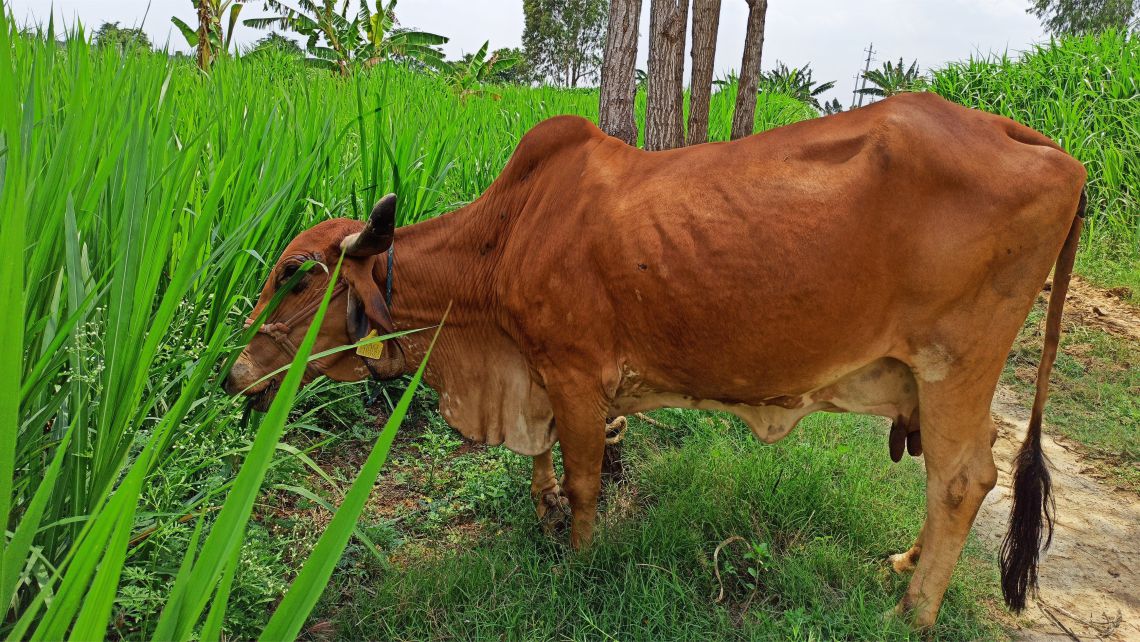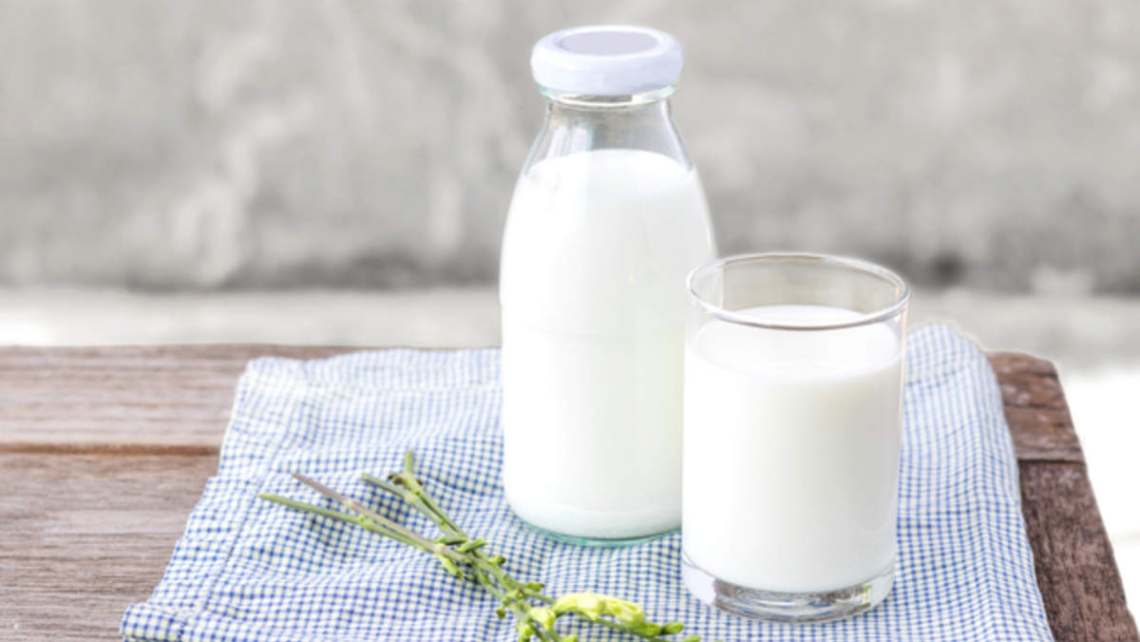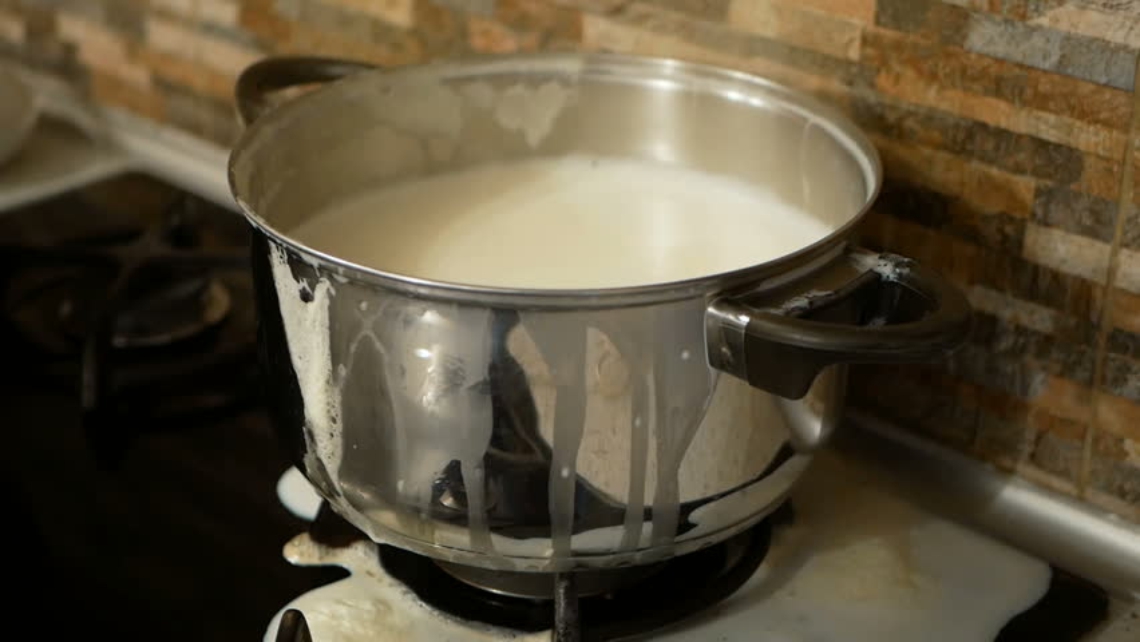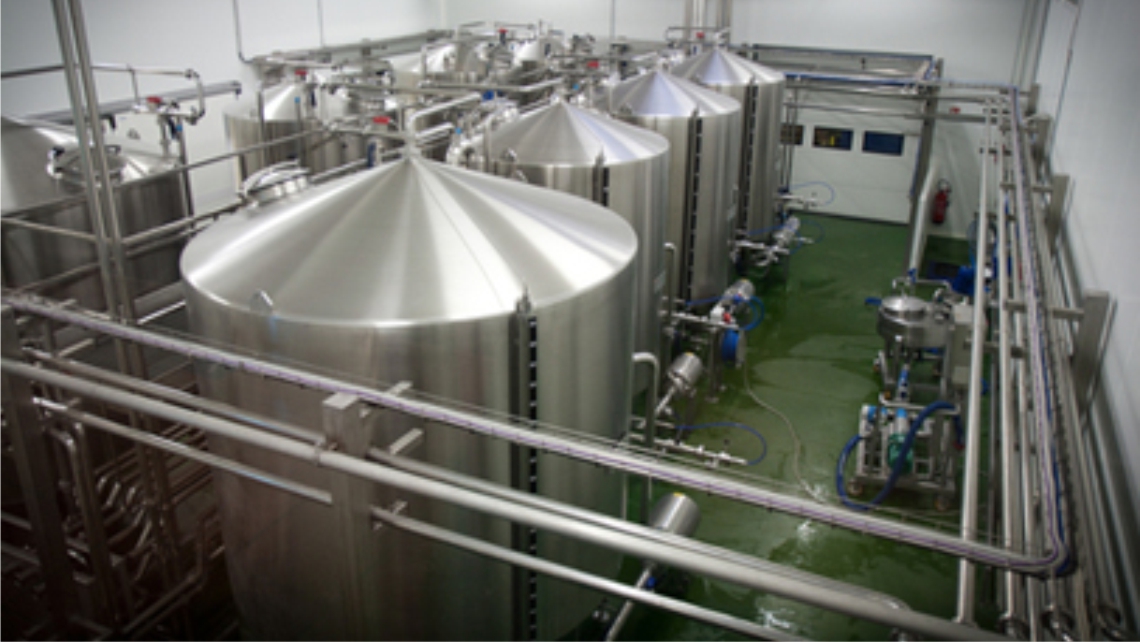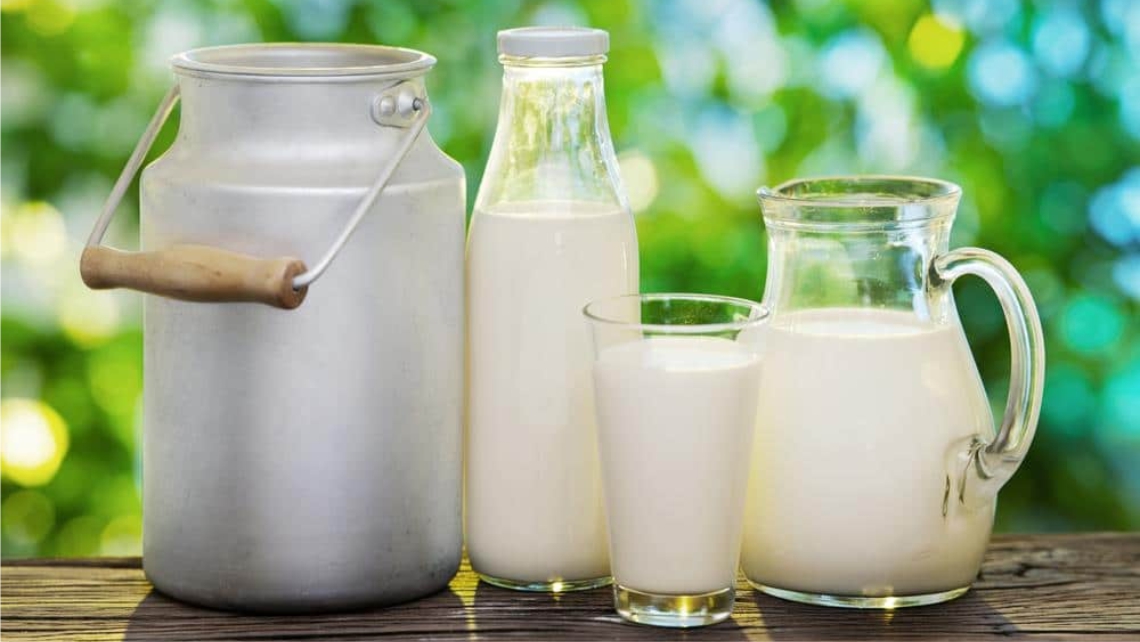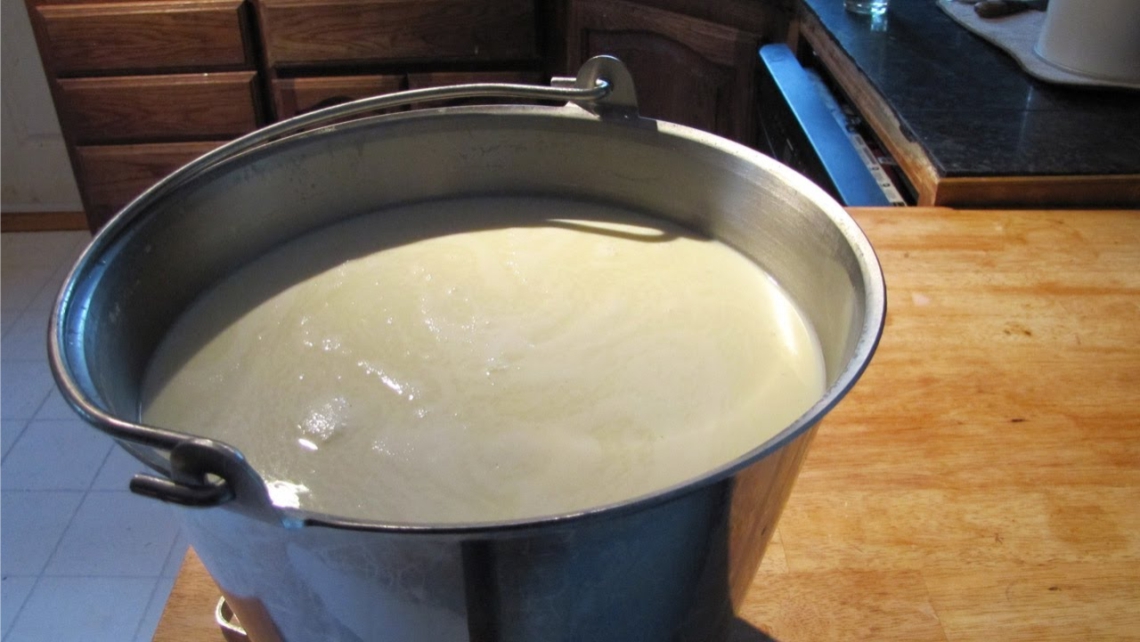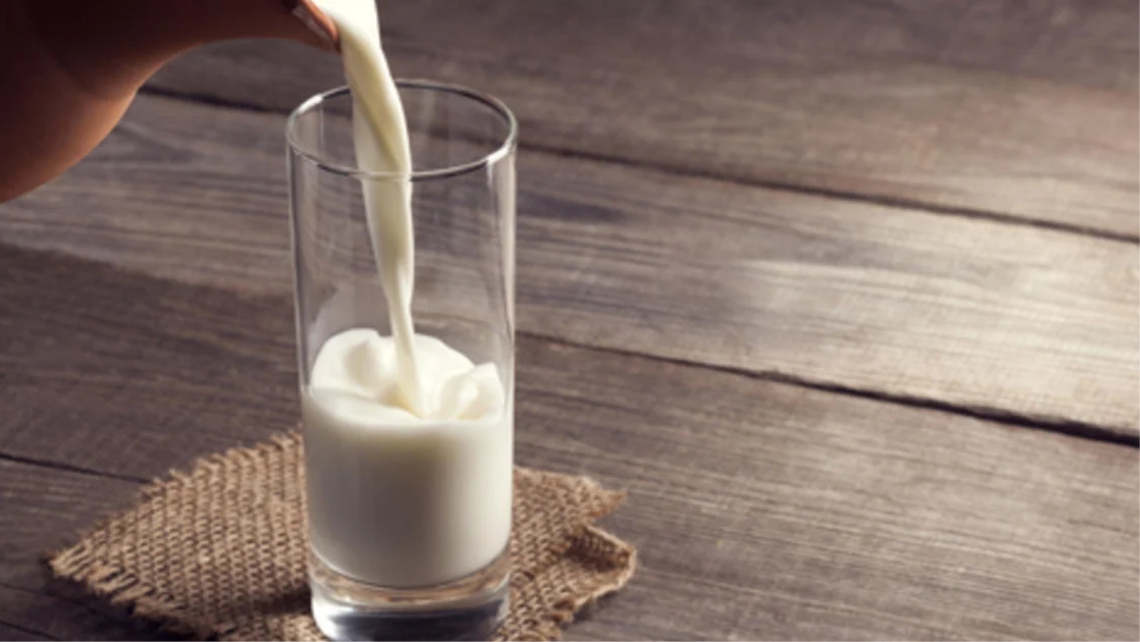BLOG
INTERESTING ARTICLES
JUN 05, 2020/VRINDAVAN FARMS
In monsoon season we do get plenty of rain in the southern part of India. Karnataka is no exception. During the rainy season, there is abundant green grass and leaves available for cows to graze.
MAY 26, 2014/VRINDAVAN FARMS
India is changing rapidly in aspects of life. The effect of westernization is one of the main factors responsible for societal changes, mostly related to living standards, changing diets, and accordingly a change of products.
APR 28, 2014/VRINDAVAN FARMS
In this post let us go over the difference between Buffalo milk and Cow milk, look at the nutritional and mineral content, and decide which is more suitable for children and/or adults.
NOV 26, 2013/VRINDAVAN FARMS
Did you know that boiling the milk repeatedly on high flame reduces nutritional content present in the milk? Did you know that consumption of fresh milk is always better, and just one boil is enough to retain the nutrients?
OCT 29, 2013/VRINDAVAN FARMS
Pasteurization is a process that slows microbial growth in food not intended to kill all pathogens: Pasteurization is not intended to kill all pathogenic micro-organisms in the food or liquid, but aims to reduce the number of viable pathogens so they are unlikely to cause disease.
OCT 24, 2013/VRINDAVAN FARMS
Consider the calf, born in a muddy pasture, which then suckles on its mothers often manure-covered teat. How can that calf, or any mammal survive? Because raw milk contains multiple, natural, redundant systems of bioactive components that can reduce or eliminate populations of pathogenic bacteria.
OCT 29, 2013/VRINDAVAN FARMS
At Vrindavan Milk, cows are treated with love and care. No Animal Cruelty Our cows are not confined into one place or given any artificial agents to produce more milk. Our cows are graced on open pastures and given natural fodders, feeds, and minerals. When cow is happy she gives us abundant milk.
OCT 24, 2013/VRINDAVAN FARMS
There are several reasons why one might choose to drink fresh raw milk over pasteurized or homogenized milk. Nutrition It is believed that nutritional content in raw milk is higher that pasteurized milk when cows are fed with natural grass. Pasteurization process reduces nutritional quality of the milk.
OUR SERVICES
AT FARM
PANJAGAVYA
THERAPHY
You can come to our farm and prepare Panchagavya Ayurvedic medicine with fresh milk, curd, ghee, gomutra and cow dung
GOU POOJA
GOMATHA WORSHIP
Coome to Vrindavan Farms, perform Goupooja for cows, and be blessed with wealth, happiness, and prosperity.
FARM VISIT
EXPERIENCE COWS
Vrindavan Dairy Farm is open to public and institutions to get good exposure to cows, dairy farming, and organic farming.
DONATE COWS
GOUDAAN
Vrindavan Dairy Farm is providing you great opportunity to donate cows. The greatest donation you can give.

